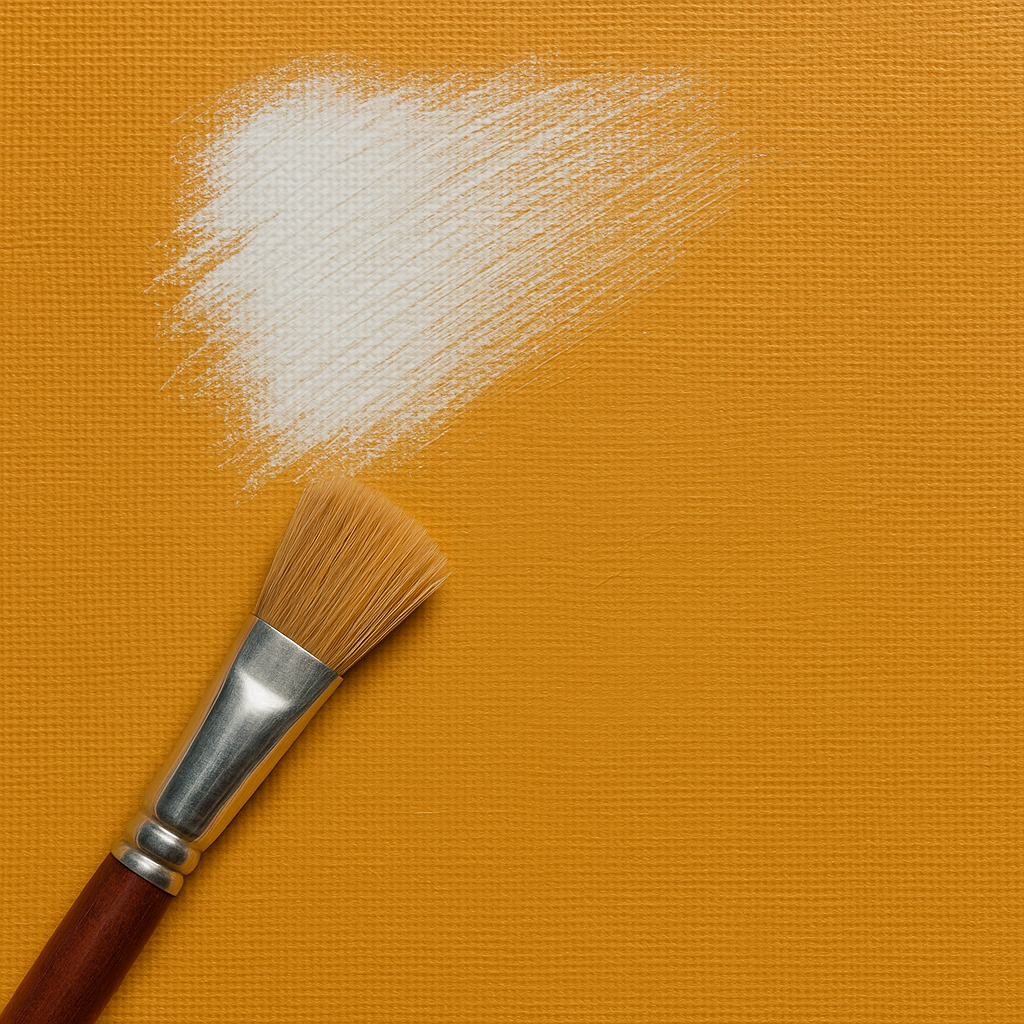A brushstroke is more than a mark — it’s the signature of a moment. Whether working in watercolor’s translucence or oil’s sculptural depth, every technique is a way of speaking through touch. Mastering brush handling allows the painter to move beyond imitation into expression, where surface and light become inseparable.
Below are essential brush techniques used across centuries, from Renaissance glazing to modern alla prima painting. Each one alters not only how paint behaves, but how emotion and structure are conveyed.
🖌️ 1. Scumbling — Veiling Light Over Texture
Scumbling is the art of dragging a dry or semi-dry brush with opaque or semi-opaque pigment over a dried layer beneath. The top color catches only on the raised texture, allowing the undercolor to shimmer through.
🎨 In oil: Use a stiff hog-bristle brush or worn flat.
🎨 In watercolor: Try lifting semi-dry pigment with a nearly dry brush to suggest haze or atmospheric softness.
Effect: Creates luminous haze, aged patina, and subtle surface vibration — perfect for clouds, fabric, or marble.
⚡ 2. Alla Prima — Painting in One Breath
From the Italian “at once,” alla prima means completing a painting while the paint is still wet. The technique became a cornerstone of Impressionism and modern realism.
🎨 Approach: Mix deliberate, confident strokes; think of sculpting form with color temperature and value, not line.
🎨 Tools: Softer filberts or long flats hold generous pigment loads.
Effect: Freshness, immediacy, and visible energy — the moment captured without overworking.
🧱 3. Impasto — Sculpting with Paint
Impasto builds physical relief on the surface, allowing light to strike peaks and troughs of pigment. Masters from Rembrandt to Van Gogh used it to emphasize highlights or tactile energy.
🎨 Tools: Palette knife or stiff brush; heavy-body oils or acrylics.
🎨 Use: Reserve for focal areas — too much impasto everywhere flattens its impact.
Effect: Expressive dimensionality; light literally inhabits the surface.
🌫️ 4. Glazing — Transparency and Depth
Thin, translucent layers of color applied over dry paint alter hue and value without covering detail.
🎨 Mediums: Linseed or walnut oil for oil; pure water layers for watercolor.
🎨 Technique: Apply with soft sable or synthetic brush in smooth, even passes.
Effect: Jewel-like luminosity and optical mixing — essential in classical realism.
🌬️ 5. Dry Brush — The Whisper of Texture
Dry-brush technique uses minimal moisture or medium, allowing the bristles to skim across paper or canvas texture.
🎨 In watercolor: Ideal for wood grain, hair, or delicate highlights.
🎨 In oil: Produces atmospheric edges or subtle skin transitions.
Effect: Controlled roughness; a soft whisper that adds realism without detail.
🌊 6. Feathering and Blending — Transitions in Motion
Feathering merges colors smoothly while preserving form.
Use two brushes — one for laying color, another clean and dry to soften edges.
Effect: Seamless gradations of tone; especially vital in skin, clouds, and reflective metals.
✍️ 7. Hatching and Cross-Hatching — Line as Tone
Borrowed from drawing, these strokes layer directional lines of color to model form.
🎨 In oil or acrylic: Use thin, semi-transparent strokes.
🎨 In watercolor: Fine, controlled applications of darker tone over light wash.
Effect: Controlled modeling, rhythm, and structure within realism.
🔥 8. Lifting and Negative Painting (Watercolor-Specific)
Instead of adding pigment, lift or reserve light by painting around it.
-
- Lifting: Dab semi-dry areas with a clean damp brush or paper towel.
-
- Negative Painting: Paint the shadows that define the object rather than the object itself.
Effect: Crisp luminosity and sculpted light — essential for glass, lace, or botanical forms.
✨ Conclusion: Technique as Voice
Technique is not decoration — it’s language. Each brush method changes how the viewer experiences light and surface. Realism depends on both observation and gesture: knowing when to control and when to let the material speak.
Whether glazing in quiet layers or sweeping alla prima with bold confidence, the painter’s true craft lies in sensitivity — the ability to feel the weight, speed, and purpose of each stroke.



